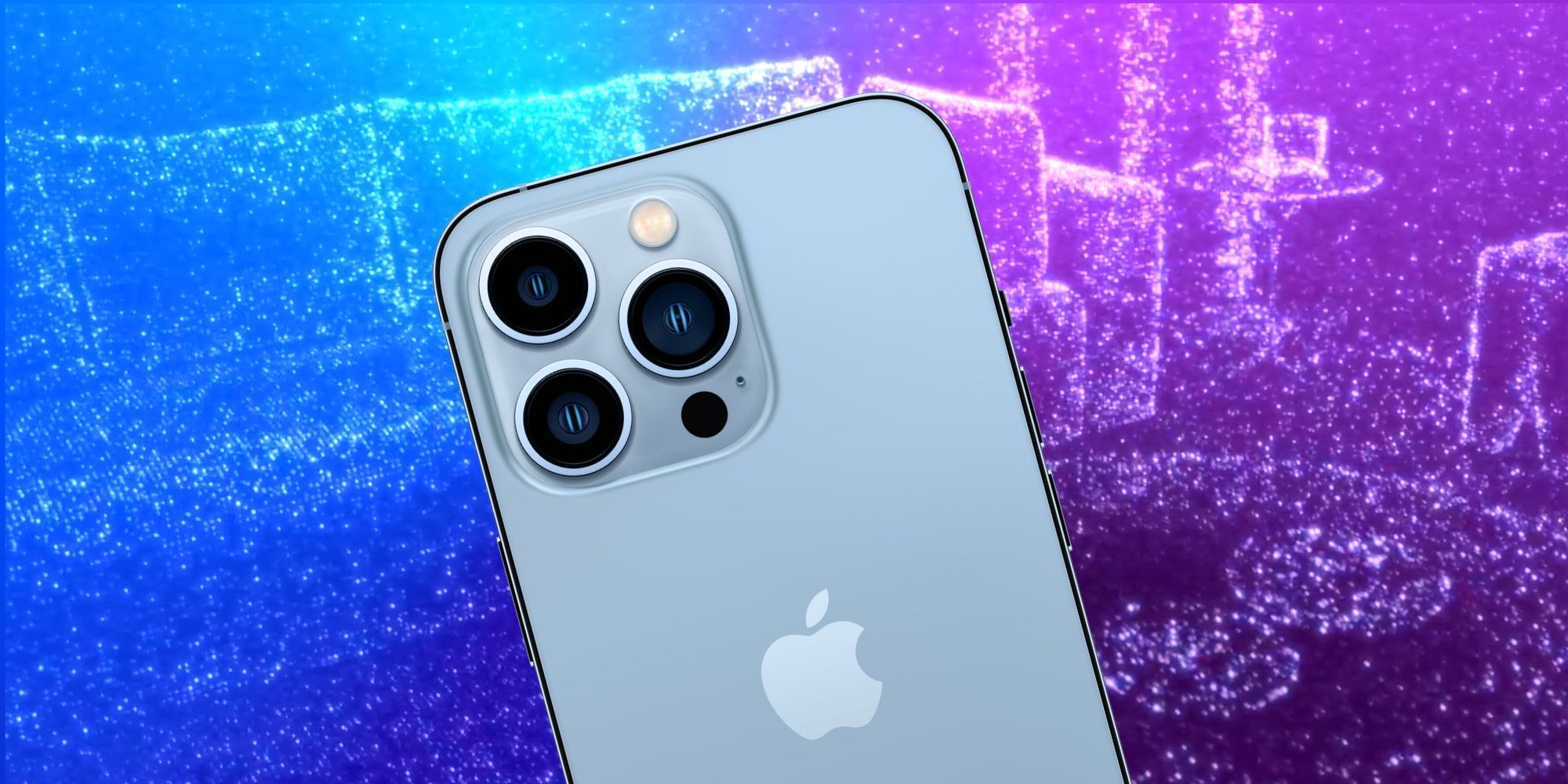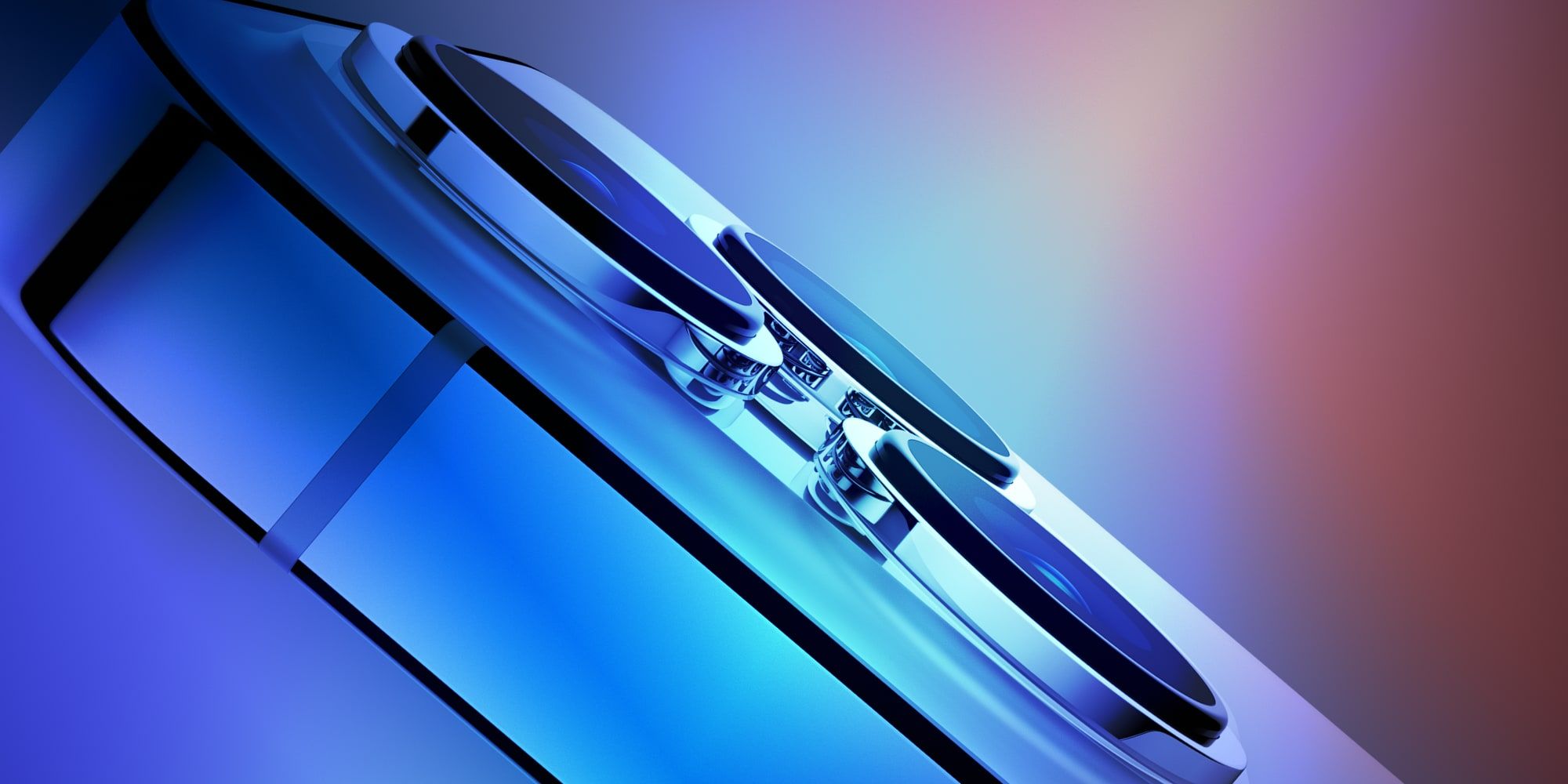A developer has shared an interesting and artistic way to represent how the iPhone 13 Pro Max's sensors see the world, and the result is both beautiful and mesmerizing. The latest and most premium iPhone features a variety of cameras and Apple added a LiDAR scanner as well. In some ways, this allows the iPhone 13 Pro Max to see more than the human eye can perceive.
Apple's first device capable of scanning depth data using LiDAR (Light Detection And Ranging) was the 2020 iPad Pro. The iPhone 12 Pro and Pro Max, which came later the same year, brought these sensors into a device that fits inside the pocket. In 2021, both M1 iPad Pro models, as well as the iPhone 13 Pro and Pro Max, also arrived equipped with LiDAR, cementing this advanced ranging technology as standard equipment for the Pro models.
The iPhone 13 Pro Max is Apple's top-of-the-line smartphone and it includes three rear cameras and a LiDAR scanner to enable advanced augmented reality (AR) experiences. At first glance, that's what Keijiro Takahashi's incredible video shared on Twitter appears to demonstrate. Looking like something out of The Matrix, or perhaps some unseen quantum reality, the video shows a walk along streets and past buildings that are made of glowing sparks and illuminated blocks, that flow and shimmer as the iPhone 13 Pro Max passes through. The visual effects software that Takahashi developed to create this video effect is known as Bibcam and is available as a public domain GitHub project. The Unity Editor is needed to build the GitHub project for iOS.
Bibcam And iPhone 13 Pro Max
Takahashi explained that the app must be installed on an iPhone or iPad with LiDAR capability in order to record the video with the extra information needed during post-processing to render the effects. The enhanced video that is captured via the iPhone app can be played back with effects on any device compatible with Unity. The developer noted that the intended use is for post-production work using a PC or a Mac computer, but said that it is also possible to use an iPhone for playback with the effects.
Unfortunately, the app is not available on the App Store, and Takahashi shared that Apple has rejected similar apps on the basis of having only a single feature. Hopefully, this will change in the future since the effects are incredibly eye-catching and would add great value to music videos or make for some attention-grabbing social media posts. Even if the app isn't easily accessible, it's still fascinating to watch the leading edge of the LiDAR wave breaking off bits of reality that float upwards in a surreal view of the world, as captured by the iPhone 13 Pro Max's camera sensors.
Source: Keijiro Takahashi/Twitter 1, 2, Bibcam/GitHub


